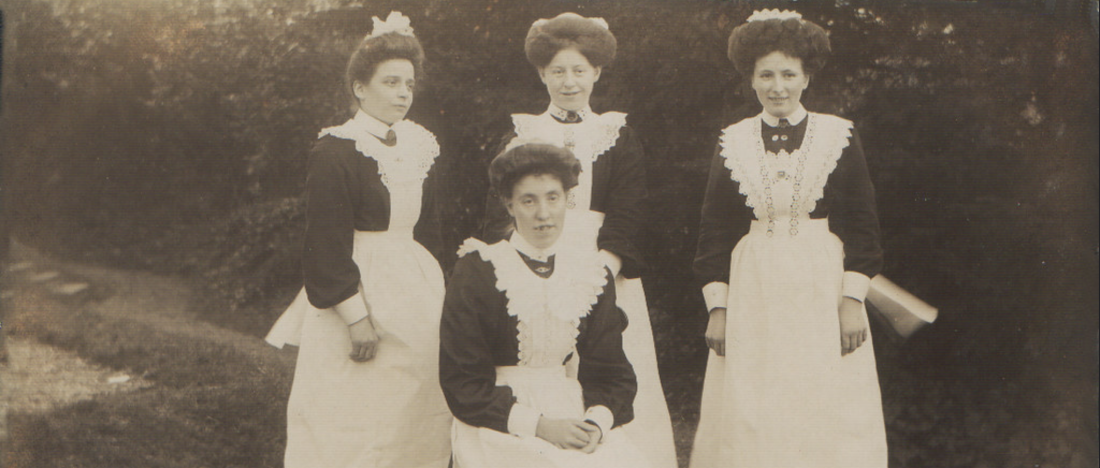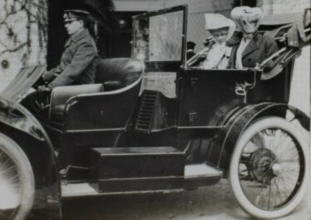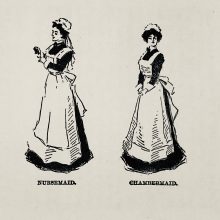So here we are, back looking at all the servants in a great house. For part two, we’re on to the woman who served as the back bone of any house, great or small.
The Ladies
The Housekeeper
The housekeeper was in charge of the bedrooms and the servant’s quarters. She managed all the female employees, watched over the maids, the cook and in smaller houses, the nanny. In addition to being responsible for making sure the cleaning and household maintenance of the linens, china and household inventories, the housekeeper was also tasked with the moral standing of the staff.
One interesting difference between America and Britain; housekeepers were most often the highest ranking servant in the US. They ran the house and were above the butler. On this point I say, USA! USA!

Lady’s Maids
The Lady’s Maid was Hairdresser to a lady of the house, she also mended and spot cleaned her clothes after helping her dress and undress. They were expected to know how to sew and often do the lady’s laundry when travelling. A lady’s maid also took care of the lady’s jewels and regularly traveled with these expensive items. She also maintained the jewelry, not only carrying them, but also cleaning them. Obviously, this made the position a trusted one.
For the hopeless, the lady’s maid could end up being a stylist and sometimes a therapist. Unlike most household staff, the lady’s maid traveled with the lady of the house where ever she went. The number of Lady’s Maids depended on the number of ladies in the house and any girl over a certain age could be expected to have her own lady’s maid.
A lady’s maid only did house work in the smallest of houses with staffing problems. This position sat firmly above all other maids in the house and was ranked among other lady’s maids by the rank of the woman in the household she served.
Lady’s Maids were sometimes chosen to be attractive as they were often seen in the company of their mistresses, but not so attractive as to upstage the woman she served. They were also expected to have some level of education.
Plot points in Victorian novels included the Lady’s Maid who is able through her status being able to attract a middleclass husband and retiring to have a maid of her own. Social mobility like this was harder to find in reality, though it did happen.
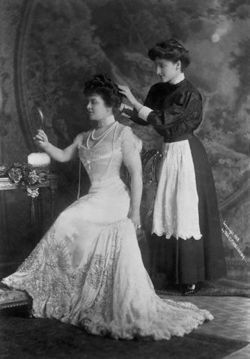
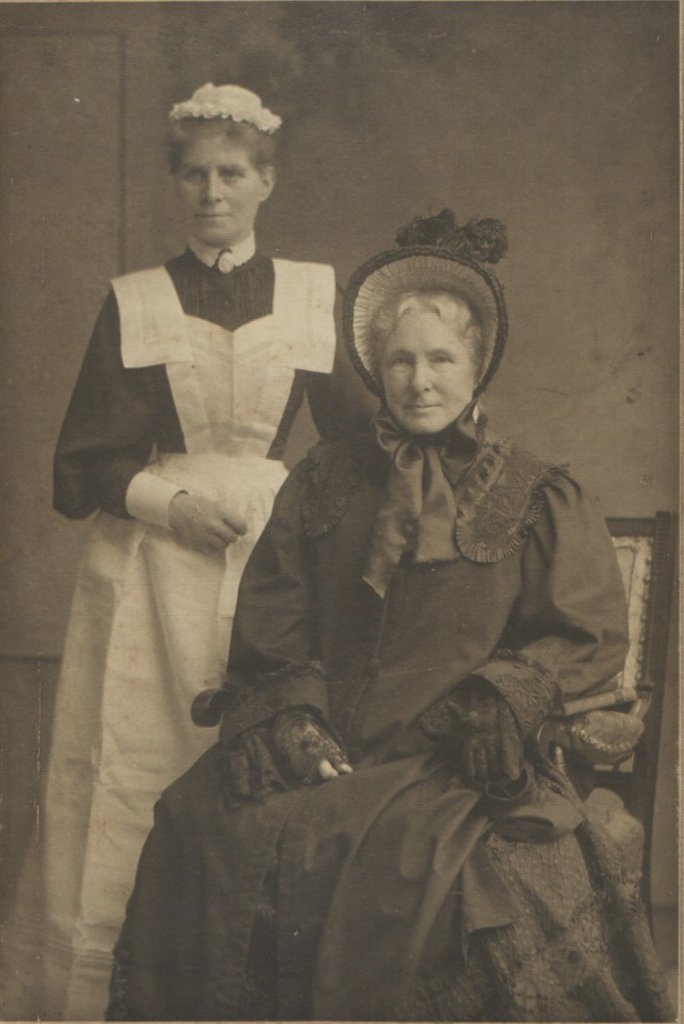
Housemaids
Maids clean, dust, carry coal and water, pull baths, and did any general work in a household. They were numerous and had a very stratified set of duties. A large house hold could have eight or more housemaids, so having clear duties and a strong hierarchy it was thought, helped maintain order.
Chamber Maids took care of the bedrooms and the most private areas of the home, they had to be very trustworthy as they would not only have access to expensive items and jewelry, but also privy to private conversations and events.
Parlour maids lit fires, dusted, swept and cleaned in the sitting rooms, drawing rooms and other public spaces.
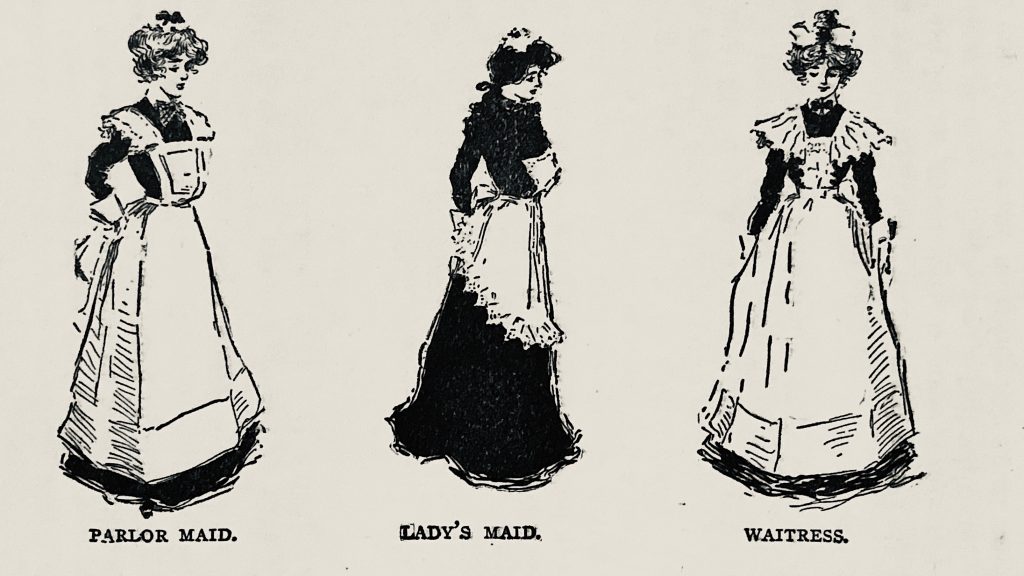

There were upper housemaids, who would clean the general areas and pull baths. The under housemaids got much of the worst work, carrying heavy coal and water buckets. Between Maids worked in the kitchen and the house depending on what was needed at any time.
Generally, maids unlike footmen were rarely seen. Attractiveness was not often seen as a plus with maids. Clean, tidy and unremarkable was preferred. Even in Victorian times there are stereographs and theatricals which depict the pretty maid in a too close relationship with one of the men of the house, so housekeepers made sure to choose wisely.
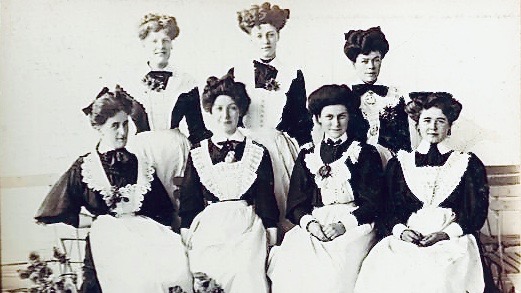
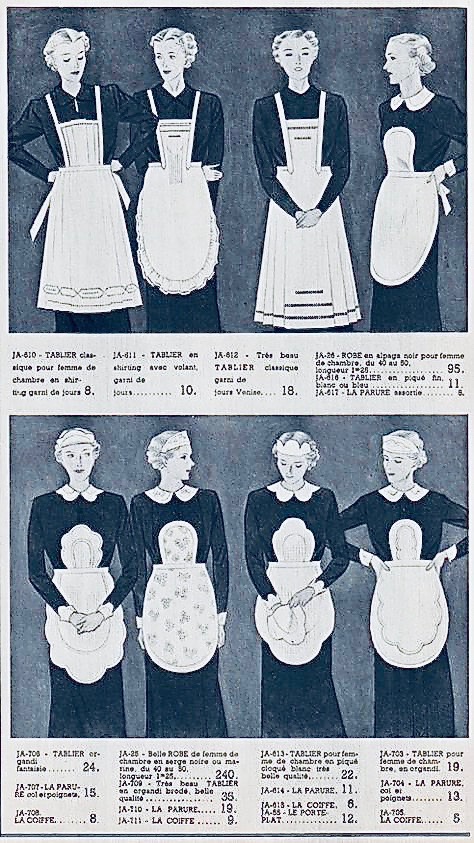
Laundry Maid
The laundry maid would only wash linens and bedding. While this may seem like a tiny job, prior to the washing machine being invented, washing the clothing for a few people could take a full day. This was tough, hard physical labor. It also required an extensive knowledge of fabrics and sewing as laundry maids in a smaller house might be called upon to make minor repairs. There could be one laundry maid for a small house or up to six on a large estate. In cities, smaller houses often shared a laundry maid, with a woman coming for a day or two every fortnight.
Sewing Maids
Sewing maids would serve as seamstress of a household. A large house might have one or two of these ladies. Not only did they mend clothing, but also alter garments for subsequent generations as clothing was handed down. They would also repair staff uniforms, bedding, draperies, et al. A sewing maid might be called on to make tea towels from lengths of cloth or embroider initials on shirts and pillowcases.
Still Room Maids
Every grand house had a distillery. Not only would cordials, fruit wines, wines, beer and even sometimes meads be made, but also medicines, cosmetics and cleaning products. Still room maids would make, store and bottle all of these items. Still room maids might be called upon to wash the china and glassware. It was seen as they had the time and delicate hands to take care of the fine tableware. A large estate might have two or more women in this position.
Ok, that’s a lot of ladies, though there still are more. In part three we’ll head to the nursery and the kitchen.
I hope you’re well and that your laundry doesn’t take several days! Much love, Cheri
